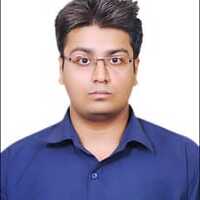Mole removal refers to treatment procedures employed for treating moles.
Mole (also called nevus) refers to small dark spots on the skin, usually tan or brown in colour. Every adult has moles; however, they may be removed for cosmetic reasons or to reduce the chances of skin cancer (melanoma).
The procedures are simple and day-care and a follow-up visit may be required.










































